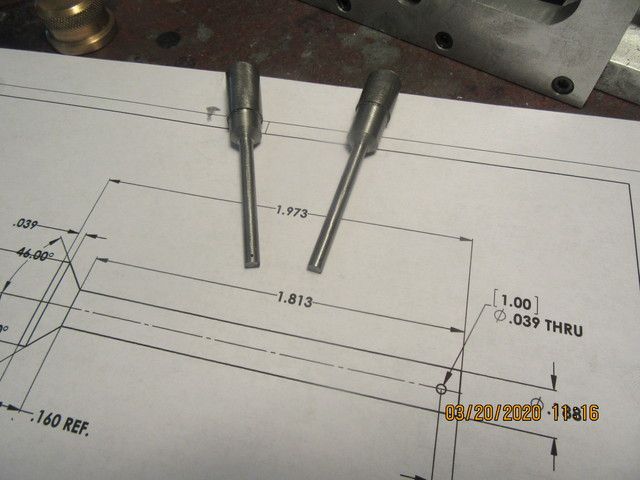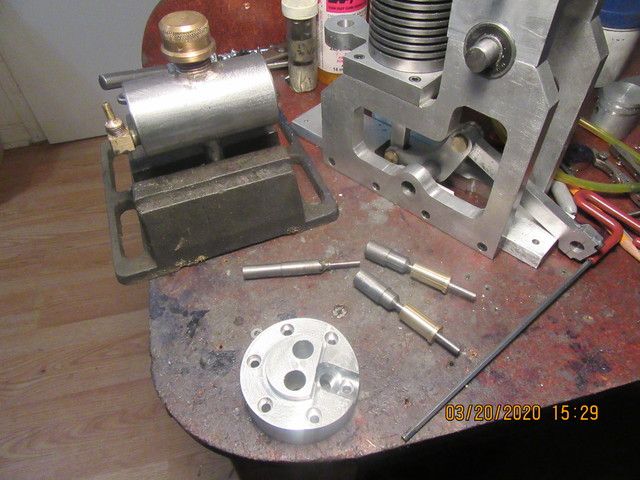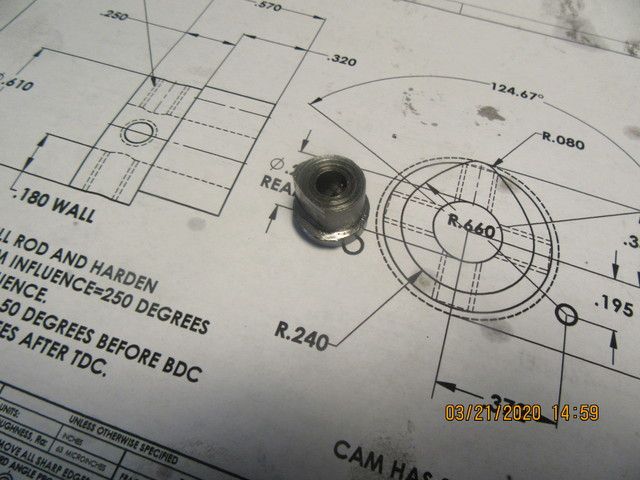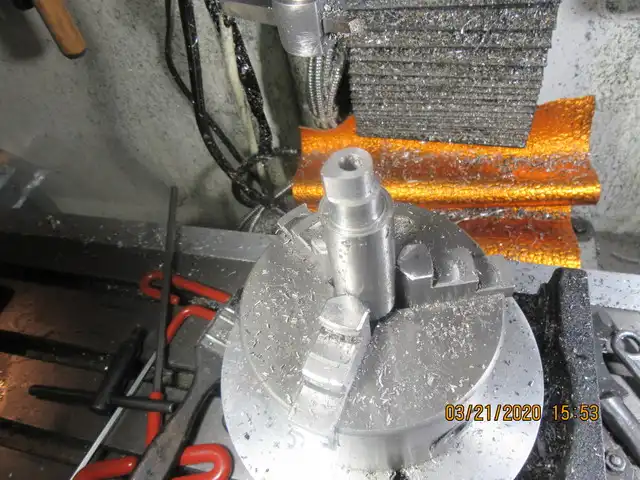Brian, I'd like a review on how you are making the gas tank. Looks to be a steel body, yes? Soldered on filler and outlet, I presume? But here's my main question: you mention putting the ends in using JB Weld. What are you using for the sight glass (glass, acrylic, or ??), and what type of JB Weld are you using? Sight glass at both ends, or a solid cap at one end?
I have to confess that, on my nearly-finalized Webster, the gas tank and its mount turned out to be the most time consuming and frustrating parts to make. That undoubtedly had something to do with my overly complicated design, plus my poor execution ...
I have to confess that, on my nearly-finalized Webster, the gas tank and its mount turned out to be the most time consuming and frustrating parts to make. That undoubtedly had something to do with my overly complicated design, plus my poor execution ...





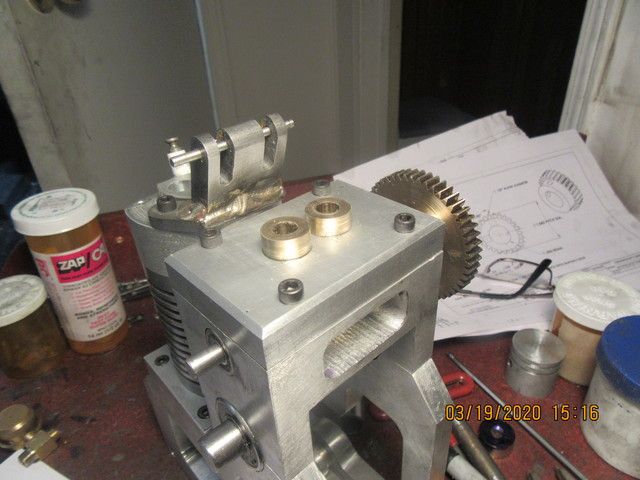
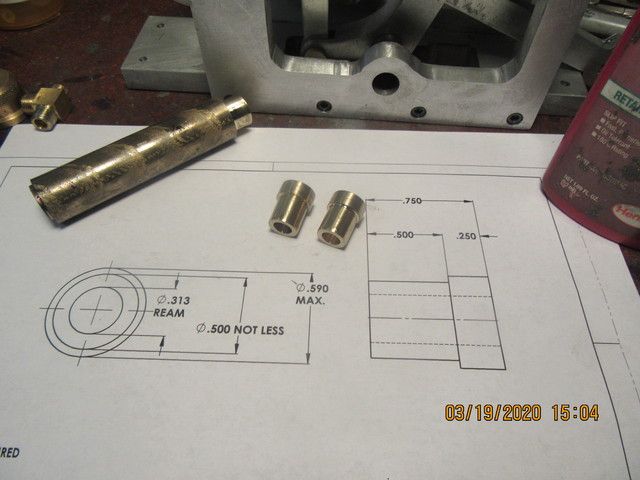





![MeshMagic 3D Free 3D Modeling Software [Download]](https://m.media-amazon.com/images/I/B1U+p8ewjGS._SL500_.png)































![DreamPlan Home Design and Landscaping Software Free for Windows [PC Download]](https://m.media-amazon.com/images/I/51kvZH2dVLL._SL500_.jpg)


















